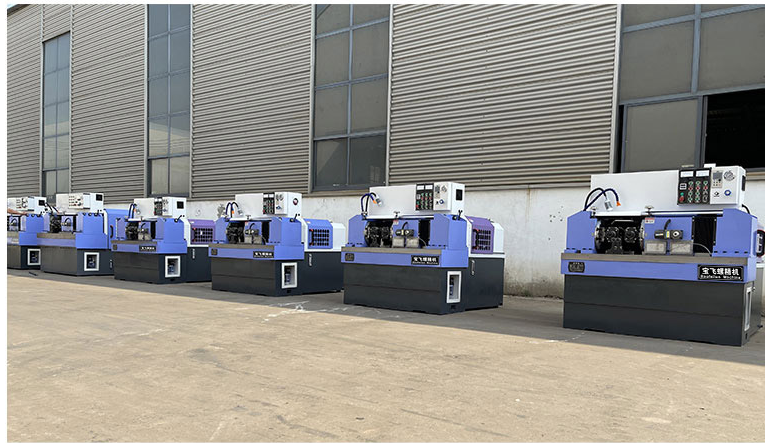
-
 Afrikaans
Afrikaans -
 Albanian
Albanian -
 Amharic
Amharic -
 Arabic
Arabic -
 Armenian
Armenian -
 Azerbaijani
Azerbaijani -
 Basque
Basque -
 Belarusian
Belarusian -
 Bengali
Bengali -
 Bosnian
Bosnian -
 Bulgarian
Bulgarian -
 Catalan
Catalan -
 Cebuano
Cebuano -
 Corsican
Corsican -
 Croatian
Croatian -
 Czech
Czech -
 Danish
Danish -
 Dutch
Dutch -
 English
English -
 Esperanto
Esperanto -
 Estonian
Estonian -
 Finnish
Finnish -
 French
French -
 Frisian
Frisian -
 Galician
Galician -
 Georgian
Georgian -
 German
German -
 Greek
Greek -
 Gujarati
Gujarati -
 Haitian Creole
Haitian Creole -
 hausa
hausa -
 hawaiian
hawaiian -
 Hebrew
Hebrew -
 Hindi
Hindi -
 Miao
Miao -
 Hungarian
Hungarian -
 Icelandic
Icelandic -
 igbo
igbo -
 Indonesian
Indonesian -
 irish
irish -
 Italian
Italian -
 Japanese
Japanese -
 Javanese
Javanese -
 Kannada
Kannada -
 kazakh
kazakh -
 Khmer
Khmer -
 Rwandese
Rwandese -
 Korean
Korean -
 Kurdish
Kurdish -
 Kyrgyz
Kyrgyz -
 Lao
Lao -
 Latin
Latin -
 Latvian
Latvian -
 Lithuanian
Lithuanian -
 Luxembourgish
Luxembourgish -
 Macedonian
Macedonian -
 Malgashi
Malgashi -
 Malay
Malay -
 Malayalam
Malayalam -
 Maltese
Maltese -
 Maori
Maori -
 Marathi
Marathi -
 Mongolian
Mongolian -
 Myanmar
Myanmar -
 Nepali
Nepali -
 Norwegian
Norwegian -
 Norwegian
Norwegian -
 Occitan
Occitan -
 Pashto
Pashto -
 Persian
Persian -
 Polish
Polish -
 Portuguese
Portuguese -
 Punjabi
Punjabi -
 Romanian
Romanian -
 Russian
Russian -
 Samoan
Samoan -
 Scottish Gaelic
Scottish Gaelic -
 Serbian
Serbian -
 Sesotho
Sesotho -
 Shona
Shona -
 Sindhi
Sindhi -
 Sinhala
Sinhala -
 Slovak
Slovak -
 Slovenian
Slovenian -
 Somali
Somali -
 Spanish
Spanish -
 Sundanese
Sundanese -
 Swahili
Swahili -
 Swedish
Swedish -
 Tagalog
Tagalog -
 Tajik
Tajik -
 Tamil
Tamil -
 Tatar
Tatar -
 Telugu
Telugu -
 Thai
Thai -
 Turkish
Turkish -
 Turkmen
Turkmen -
 Ukrainian
Ukrainian -
 Urdu
Urdu -
 Uighur
Uighur -
 Uzbek
Uzbek -
 Vietnamese
Vietnamese -
 Welsh
Welsh -
 Bantu
Bantu -
 Yiddish
Yiddish -
 Yoruba
Yoruba -
 Zulu
Zulu
Automated Machine for Efficient Thread Rolling and Production Enhancement
The Evolution and Importance of Automatic Thread Rolling Machines
Automatic thread rolling machines have revolutionized the manufacturing industry by streamlining the production of threaded components with unprecedented efficiency and precision. As industries demand higher quality and greater production rates, the importance of these machines becomes increasingly significant. This article explores the fundamentals of automatic thread rolling machines, their applications, and their advantages.
Understanding Thread Rolling Machines
Thread rolling is a cold-forming process used to create helical threads on a cylindrical workpiece. Unlike traditional machining methods, which involve cutting away material, thread rolling deforms the material to form threads without generating chips. This process results in stronger threads because the material’s grain structure is preserved, making it less prone to failure under stress.
Automatic Thread Rolling Machines Key Features
Automatic thread rolling machines are equipped with advanced technology that allows for automated operations, reducing the need for manual intervention and increasing production speeds. These machines generally feature
1. Programmable Controls Modern machines are equipped with programmable logic controllers (PLCs) that ensure precise control over the rolling process. This allows manufacturers to quickly change specifications for different thread sizes and types.
2. High-Speed Operation Automatic thread rolling machines operate at high speeds, significantly reducing cycle times. This efficiency is particularly beneficial in high-volume production environments.
4. Advanced Safety Features With safety being a paramount concern in manufacturing, automatic thread rolling machines often incorporate features like emergency stop buttons, safety guards, and sensors to detect malfunctions.
Applications of Automatic Thread Rolling Machines
automatic thread rolling machine product

The versatility of automatic thread rolling machines allows for their application across various industries. They are commonly used in
- Automotive Manufacturing Production of fasteners, bolts, and screws that are critical for vehicle assembly. - Aerospace Creating lightweight yet strong threaded components that meet stringent safety standards. - Construction Manufacturing robust fasteners that ensure the structural integrity of buildings and infrastructure. - Electronics Producing micro-components with precision threads for devices and appliances.
Advantages of Automatic Thread Rolling
The transition from manual to automatic thread rolling machines offers several key advantages
1. Enhanced Productivity The ability to operate continuously at high speeds translates into higher output levels, meeting the increasing demands of modern manufacturing.
2. Improved Accuracy Automatic thread rolling machines ensure consistent thread dimensions and quality, reducing the likelihood of defects and the need for rework.
3. Cost Efficiency By minimizing material waste and labor costs, these machines contribute to overall cost savings in production.
4. Environmentally Friendly With no chips generated during the thread formation process, thread rolling is more environmentally friendly compared to traditional cutting methods.
Conclusion
In conclusion, automatic thread rolling machines represent a significant advancement in manufacturing technology. Their ability to produce strong, precise threaded components efficiently has made them indispensable across many industries. As technology continues to evolve, we can expect further innovations in thread rolling machinery, which will enhance productivity and sustainability in manufacturing processes. By investing in these machines, manufacturers not only improve their operational efficiency but also contribute to the advancement of manufacturing standards globally.
